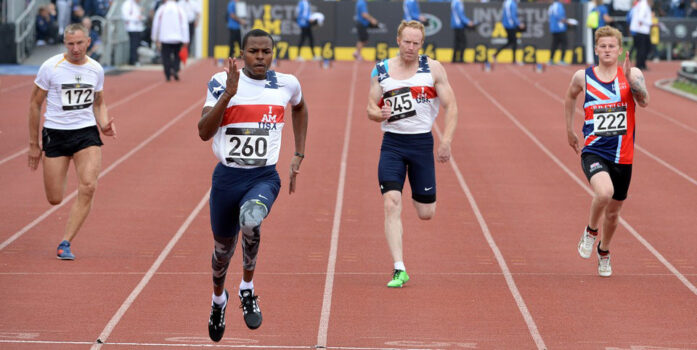
“It is well known that not only athletes respond to exercise differently than non-athletes, but they also have a lower resting heart rate” according to KATONA, PETER G., MALCOLM MCLEAN, DAVID H. DIGHTON, AND ABRAHAM Guz. Sympathetic and parasympathetic cardiac control in athletes and nonathletes at rest.
It is maybe a new fact for YOU! Many studies have shown that the responsiveness of the heart at rest is different between trained and untrained athletes. Try to measure the BPM of two friends of yours (the first one: an athlete; the second one : a non athlete). You will noticeably see that the the athlete’s heart rate is between 50 and 60 BPM; and the non athlete’s one is above 60 BPM.
In order to explain the interesting results of this experiment, a bunch of doctors and physicians have performed some tests on two different groups of people. Group 1 was made of a dozen of nonathletes, while 8 athletes formed group 2. Before testing, and calculating the mean heart rate of both groups at rest they went through 2 important steps:
- Injection of atropine in each person’s body: Atropine sulfate belongs to a group of medicines called antimuscarinic agents. Atropine is a substance that can block the neural cardiac control at rest.
- Injection of neostigmine: neostigmine is used to counteract the side effects of atropine to the body (hence : blurred vision ; constipation ; fever … : anyway you may not experience any of them)
ATTENTION : these steps are only made in MEDICAL FACILITIES under MEDICAL CONTROLLED SUPERVISION, not in public or private places !
The doctors then recorded the heart rate of each person from both groups 1 and 2. As we can see in the 2 graphs below (according to KATONA, PETER G., MALCOLM MCLEAN, DAVID H. DIGHTON, AND ABRAHAM Guz. Sympathetic and parasympathetic cardiac control in athletes and nonathletes at rest), the group of athletes responded differently than the group of nonathletes. Briefly, we should realize that the heart rate of athletes (~80 BPM) is much lower than the heart rate of nonathletes (~100 BPM).
Another little test has been made but in different conditions. Both groups have recorded their ECG (as known as ElectroCardioGram) after an exercising test. The results of the records gave us some motivating results! As you can see in TABLE 1, we compared the heart rate (HR) and the maximum VO2 (volume of oxygen consumed) in both athletes and nonathletes.
As said before, athletes have always shown much lower heart beat than nonathletes. A fit individual has a larger stroke volume, which means a greater volume of oxygen is delivered to the body per heartbeat. This is also the reason athletes have a lower resting heart rate. Because workout has amplified the volume of oxygen that can be distributed to muscles per heartbeat, the heart needs to beat less to do the similar work. Thus, the heart rate is reduced.
And this is to tell you that an athlete has a much healthier heart than a nonathletic person (may be due to cardiac muscle hypertrophy).
Exercising is KEY. If you want the best cardiac health, go and start working out! NO EXCUSES!



